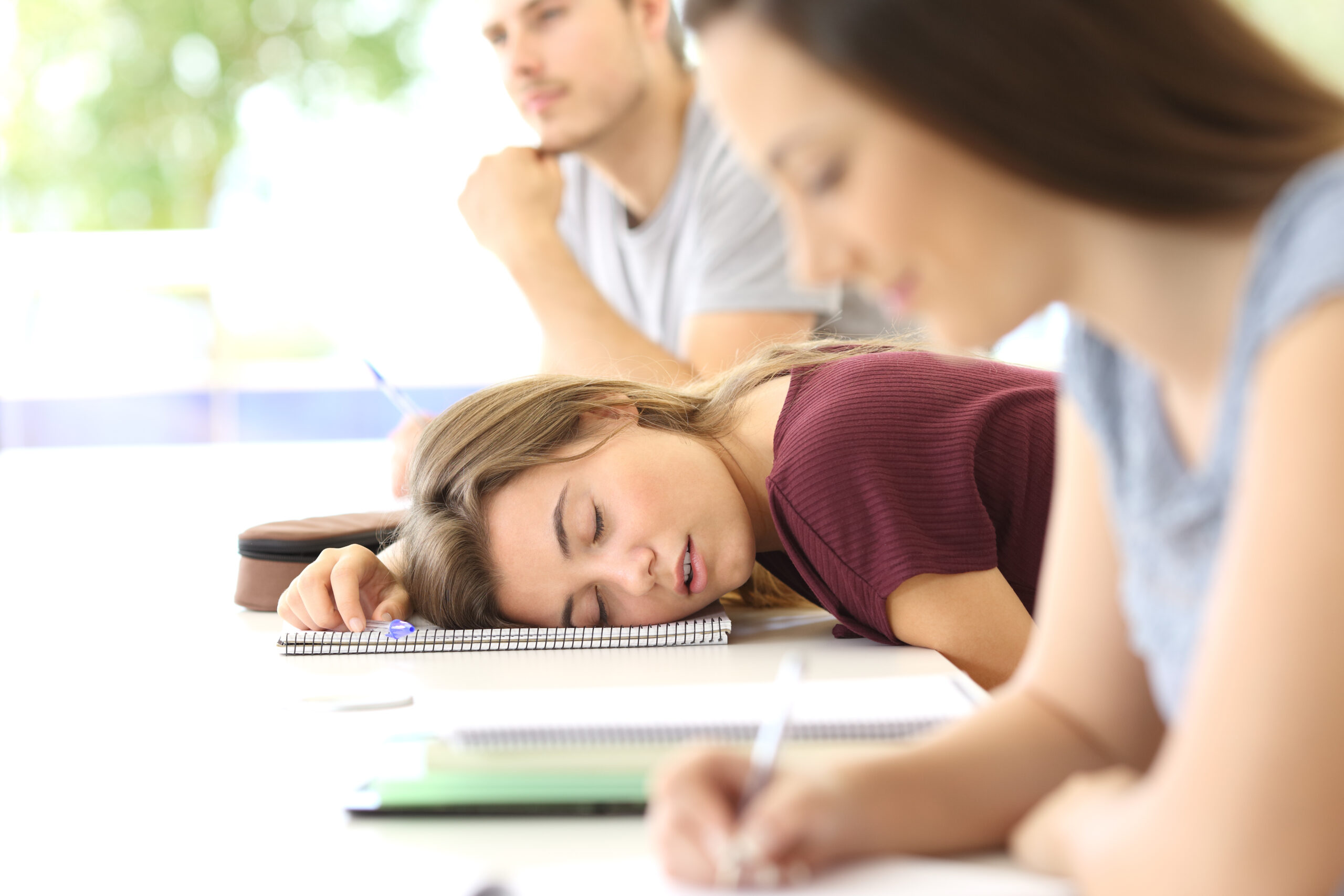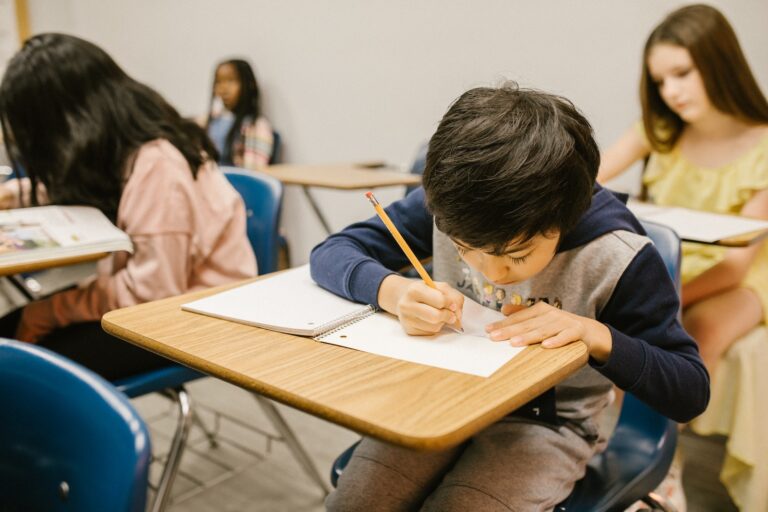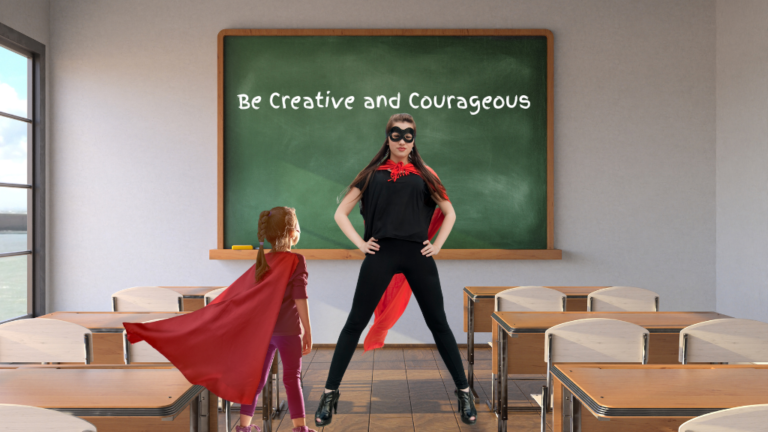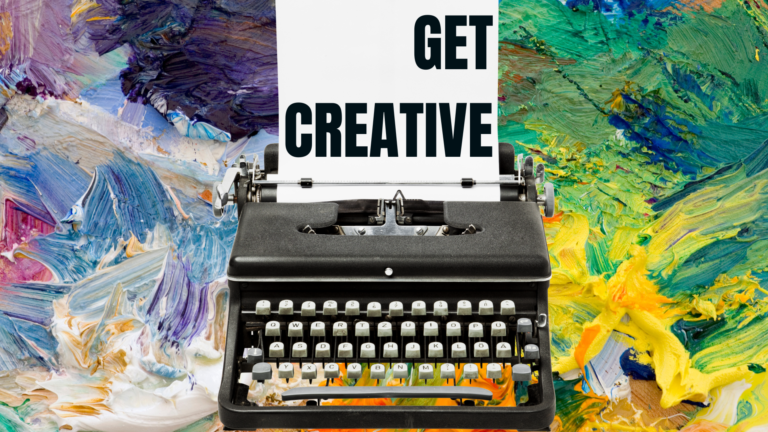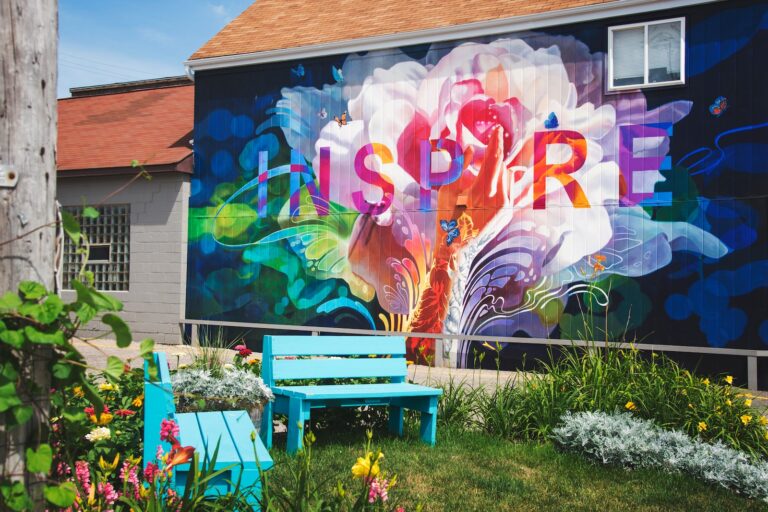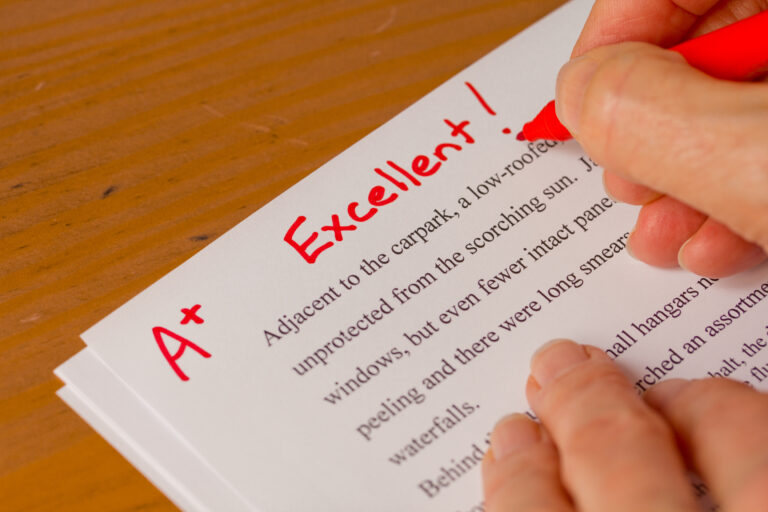Pictures Increase Student Engagement in Creative Writing
One of the biggest challenges in teaching creative writing is keeping students engaged and motivated to write. Let’s face it, many have had very negative experiences when it comes to creative writing, whether it was a bad grade or negative comments. But it can also be due to how open and broad the guidelines are. Sometimes it’s the lack of guidance that scares them. Then how do you give students guidance and freedom at the same time?
This is where pictures come into play. Pictures give students a framework without going too far. Here are 8 different ways you can use pictures to increase student engagement in creative writing.
Why Do Students Zone Out During Creative Writing?
There are a few reasons why students may be hard to engage in creative writing. Some possible reasons include:
- Students may not feel confident in their writing abilities and may be intimidated by the idea of being creative.
- Students may not see the relevance or value in creative writing, and may not be motivated to engage with it.
- Students may have negative associations with writing, such as previous negative experiences or feedback, or may see writing as a chore rather than a creative outlet.
- Students may be overwhelmed by the open-ended nature of creative writing, and may not know where to start or how to approach it.
- Students may be more interested in other subjects or activities, and may not prioritize creative writing in their learning.
Try Using Pictures to Engage Students in Creative Writing
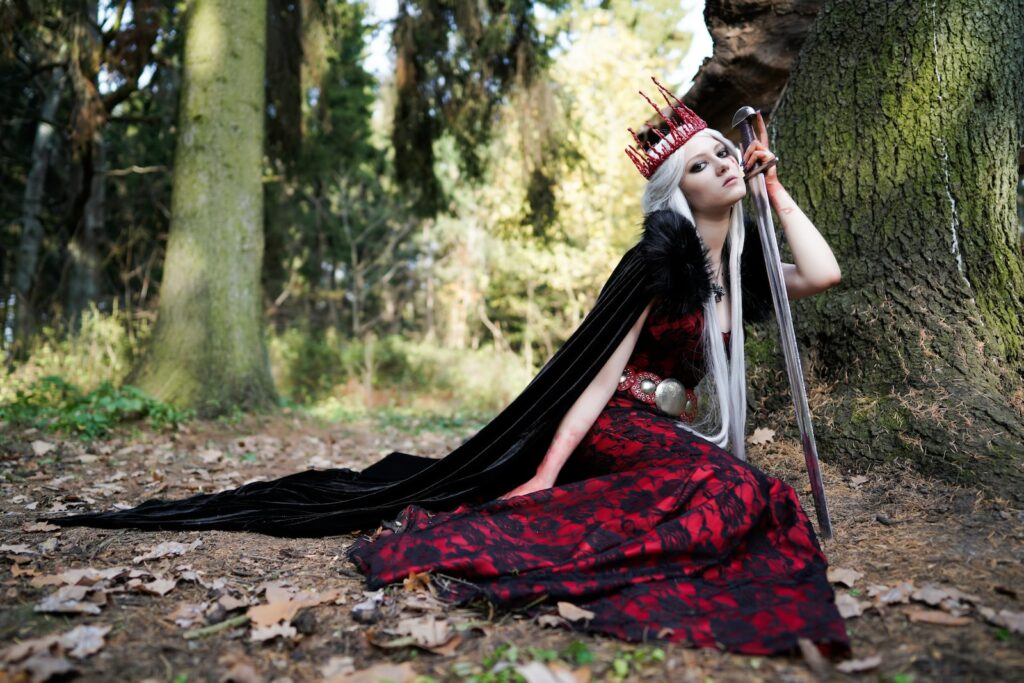
Activity 1: Use pictures as prompts for creative writing exercises, including stories or poems.
Pictures can be an effective prompt for creative writing exercises, such as stories or poems. For example, a picture of a mysterious forest or an abandoned house could inspire a story or poem about a character’s adventure or encounter in that location. You can use pictures as prompts easily by providing students with a variety of images to choose from, using a single picture projected for all students to see, or creating a picture scavenger hunt for students to find their own inspiring images.
Once students have selected a picture, they can use it as the starting point for their writing, allowing the image to spark their imagination and guide their writing.
Activity 2: Use pictures to spark discussions and brainstorming sessions.
Pictures also make a useful tool for sparking discussions and brainstorming sessions in creative writing. For example, you can provide students with a picture and ask them guided questions about what could be happening or have them discuss and brainstorm ideas for a story or poem based on that image. This type of activity can help students develop their critical thinking, academic discussion, and collaboration skills as well as provide them with a starting point for their writing.
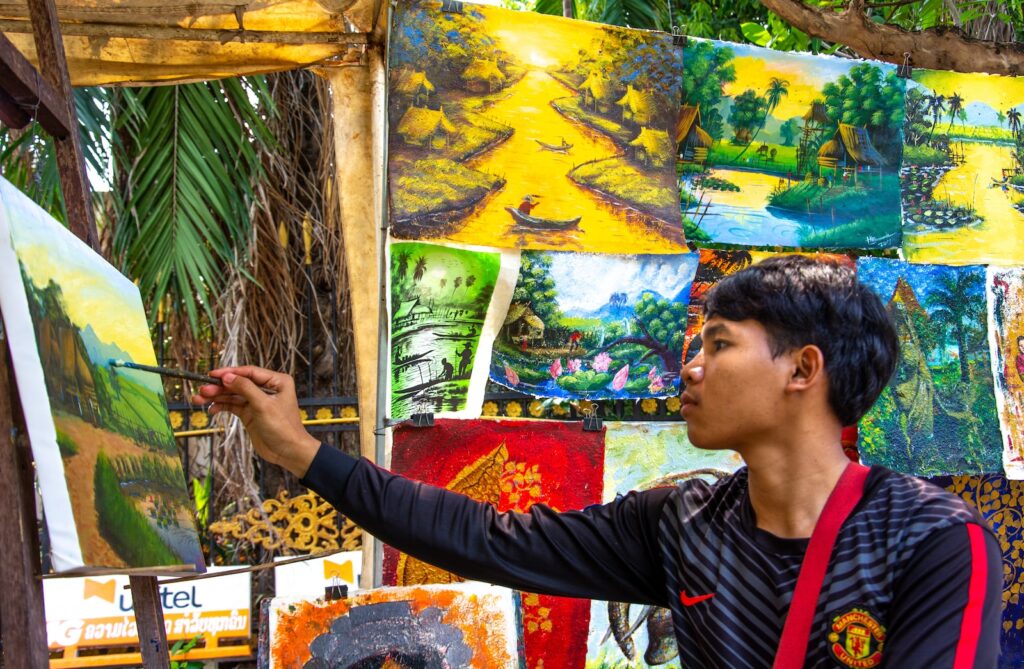
Activity 3: Have students create their own visual representations of their written work
Have students create their own visual representations of their written work. For example, students could create a collage or visual representation of their story or poem using a variety of images and materials. This can also be done using the computer if students aren’t confident in their artistic skills. Not only does this help develop their creativity, but it also helps with critical thinking and provides them with a unique and personal way to showcase their writing. It’s an engaging way for students to share and discuss their writing with their peers.
Activity 4: Use pictures to create a writing gallery, where students can share and discuss their writing alongside the pictures that inspired them.
Creating a writing gallery using pictures can be a fun and engaging way for students to share and discuss their writing with their peers. Students select a picture to inspire their writing and create a display or presentation of their writing alongside that image. This type helps students develop their presentation skills and gives them an opportunity to receive feedback and support from their peers.
A writing gallery such as this can also be a way to celebrate and showcase student writing for parents or the entire school.
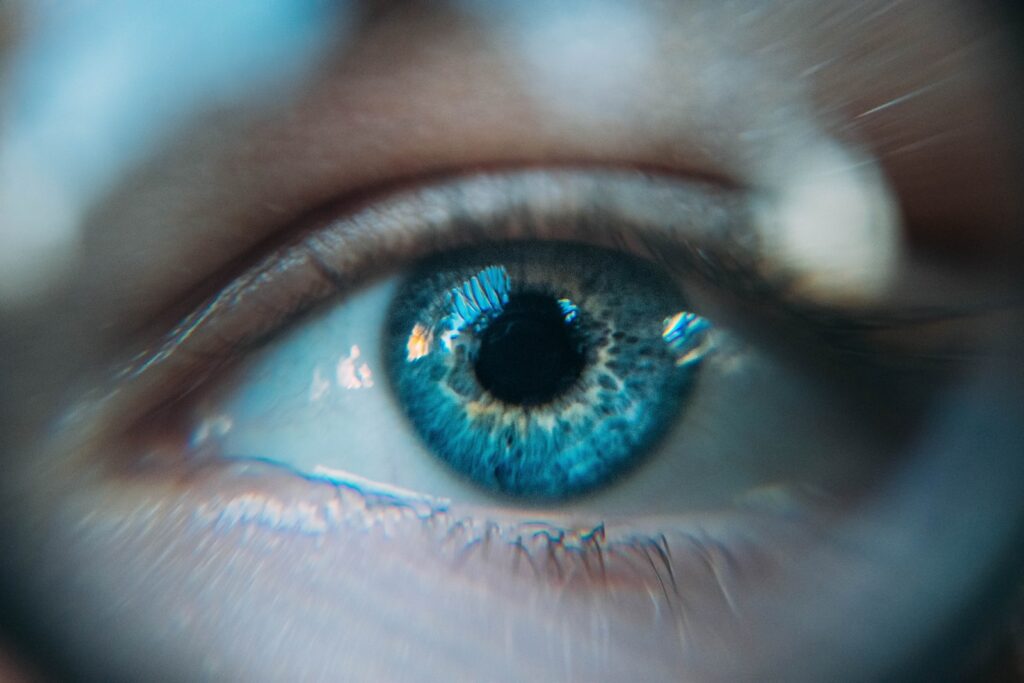
Activity 5: Have students use pictures as a way to review and reflect on their written work or that of their peers.
Having students use pictures as a way to review and reflect on their written work or that of their peers can be a fun and engaging way to enhance their creative writing skills. For example, students could use a picture to illustrate specific aspects of their writing, such as character development or setting, and could use that image to provide feedback and suggestions for improvement.
This works on their critical thinking and evaluation skills It also gives them a unique and visual way to reflect on their writing and provides a visual representation of their growth and development as writers.

Activity 6: Incorporate pictures alongside a written prompt.
Incorporating pictures alongside a written prompt can provide support for reluctant writers, particularly for creative writing. The visual stimulus of the picture can help spark their imagination and creativity while providing a starting point for their writing. Then, the written prompt can provide clear expectations and guidelines for their writing, which can help reluctant writers feel more confident and motivated to write.
Activity 7: Provide students with a variety of pictures to create a collage or visual representation of their writing.
Try providing students with a variety of pictures to create a collage or visual representation of their writing. For example, students could select a series of images that reflect their story or poem and create a collage or visual representation of those images. This can help students develop their artistic and design skills and, like the gallery activity, can provide them with a unique and personal way to showcase their writing.
Activity 8: Have more artistic students create comics or graphic novels.
Allow your artists to shine by creating comics or graphic novels. Even in this format, students will have to use a variety of storytelling techniques and elements. These creations can also be turned into a class book, display, or used in a school-wide celebration of student work.

Final Thoughts About Using Pictures to Increase Student Engagement in Creative Writing
Using pictures to increase student engagement in creative writing can be a powerful and effective strategy. Pictures can provide a visual stimulus that sparks imagination and creativity while helping students develop their writing skills and ideas. Do you have any other ideas about using pictures in creative writing? Share in the comments below.
